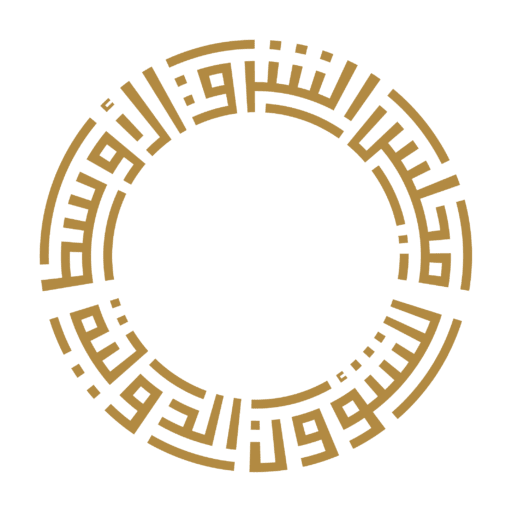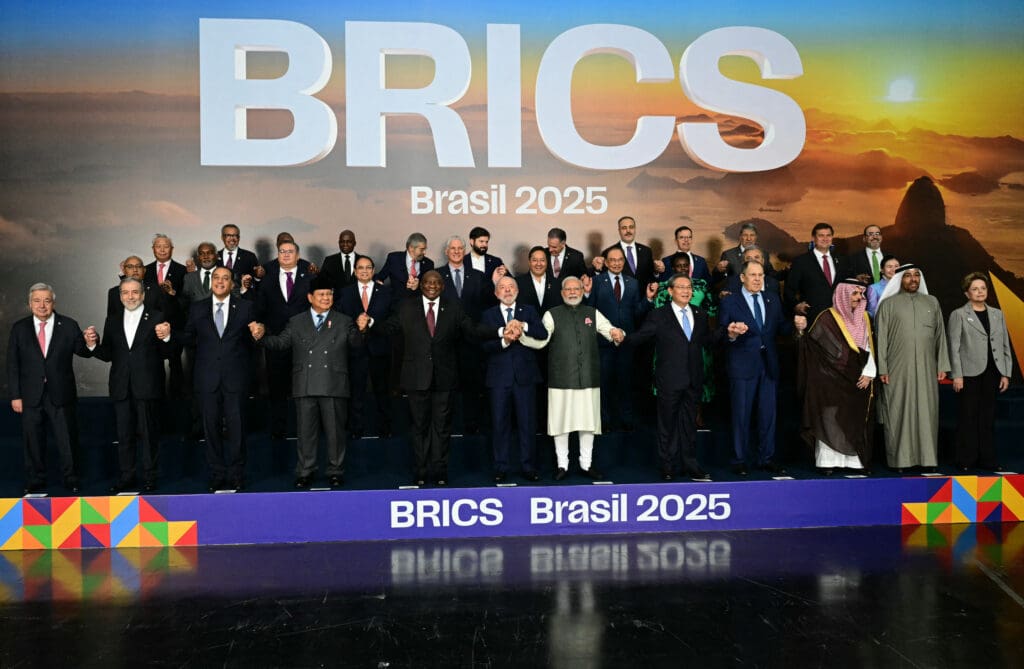While there have been marked criticisms from outside the partnership, the 2025 BRICS+ Leaders Summit, held on 6-7 July 2025 and including its new Middle East and North Africa-based members, was a quiet success for host country Brazil and those member states focused on leveraging the partnership to secure better terms of trade and more equitable access to finance and investment. Over the course of the summit, members adopted 126 resolutions on a range of issues, from the regulation of international finance to climate change to regulating artificial intelligence (AI). They announced an expansion of economic development resources and agreed to the launch of a BRICS Multilateral Guarantees Initiative—modeled after the World Bank’s Multilateral Investment Guarantee Agency (MIGA)—to provide political risk insurance for infrastructure projects. And they reiterated their shared goal of reforming international financial institutions to ensure greater fairness in access to finance and their collective commitment to multilateralism and international cooperation through a rules-based international order.
These substantive yet understated outcomes stand in marked contrast with the conclusion of last year’s summit, where, perhaps buoyed by the confidence of an expanding membership, BRICS+ projected an image of assertively taking on the United States to counter its dominance of global trade and replace the dollar as the primary trade and reserve currency. Moreover, with Donald Trump now in power and determined to wreak havoc on global trading partnerships through an aggressive tariff policy—which is increasingly focused on BRICS and its member states—this year’s summit stood out in the maturity of its focus. Indeed, as Trump stepped up his attacks this week by imposing high tariffs on Brazil—which incidentally maintains a trade deficit with the U.S.—it is the boring, steady, mature work of institution building and partnership development that will build up BRICS as a global competitor to the U.S.-dominated global trading system.
The United Arab Emirates (UAE), as a new BRICS member, and Saudi Arabia, as a perspective member, likely had an important role in setting the tone for this year’s summit. Both see potential in the partnership as they seek to expand their economic relationships with Brazil, Russia, India, China and South Africa, and they have experimented with selling oil to several of these countries without employing the dollar as a vehicle for exchange. This gradual de-dollarization of oil is allowing the UAE and Saudi Arabia to diversify their reserve holdings and decrease the costs of trade with BRICS partners. However, the Gulf states differ from other BRICS members in that they come to the partnership as economically stable high-income countries and, due to reserve holdings and the pricing of most oil and gas exports in dollars, have a decided economic interest in the strength of the U.S. dollar—not to mention their historical relationship with the United States and the security umbrella it provides.
Most non-Gulf BRICS members—with the notable exception of India—continue to press for an alternative to the dollar in trade and finance, one that reduces their dependence on the dollar and the susceptibility of their economies to U.S. economic policy and sanctions. There are interesting developments in this regard. Overall, demand for the dollar is down as investors and central banks seek to balance against a growing sense of risk associated with Trump’s trade policy, U.S. deficits and growing pressure on the independence of the Federal Reserve. Meanwhile, demand for precious metals and other hard currencies like the Euro has grown.
Although BRICS may have stepped back from aggressively seeking to topple the dollar as the primary international currency, it is continuing to explore ways to streamline cross-border payments between BRICS partners. Early proposals focused on using the Chinese renminbi or cryptocurrencies for trade between members. There is growing support behind a proposal to creates a common BRICS currency based on a basket of gold reserves and member currencies.
Even there, however, progress will prove challenging. Currencies maintained by the largest BRICS economies are highly controlled by central banks, are manipulated by governments to encourage exports, and are generally not traded internationally. This undermines any real demand for those currencies against the readily exchangeable dollar. Moreover, establishing a shared currency for cross-border payments will still require significant coordination between BRICS members’ central banks that will, in turn, take away the ability of each central bank to independently take steps to devalue their currencies or otherwise use monetary or exchange rate policy to effect domestic economic changes.
There are also broader concerns about the long-term viability of BRICS as an economic partnership. While together the members account for over 40 percent of the global economy and 25 percent of trade, most BRICS countries are struggling to realize sustainable growth and employment. China, for example, is positioned as a global economic superpower, but it struggles with the inefficiencies of a state-led economic system and an ongoing real estate crisis. Other large BRICS countries suffer from structural issues that undermine growth and productivity and employment generation.
Furthermore, geopolitical tensions—including those between BRICS partners such as India and China or Iran and the UAE—threaten the foundations of the initiative. Part of the attraction of BRICS for countries like China and Russia may be the pressure it puts on the United States—leaving room to wonder whether a more sensible BRICS framework would be of less value to them (some analysts read this into the failure of Xi Jinping and Vladimir Putin to make it to this year’s summit).
For MENA countries that have committed to BRICS or that are considering membership, the economic bloc provides useful opportunities without requiring members to push aggressively into uncertain areas or to drop the economic interests they already have with the United States. Faced with mounting debt, for instance, Egypt gains alternatives to continued borrowing from Washington-based international finance institutions and access to new markets to grow its export capacity. Iran will likely benefit from increased trade and investment while circumventing U.S. economic sanctions. For Saudi Arabia, as a prospective member, and the UAE, BRICS offers less direct but perhaps more important gains in terms of balancing engagement with a diversified set of economic and strategic partners. Importantly, for all MENA BRICS members, the maturation of the economic bloc seen at the 2025 summit ensures that they have an alternative framework within which they can work towards mutual economic benefit with like-minded countries in an increasingly complex and fragile global environment.


